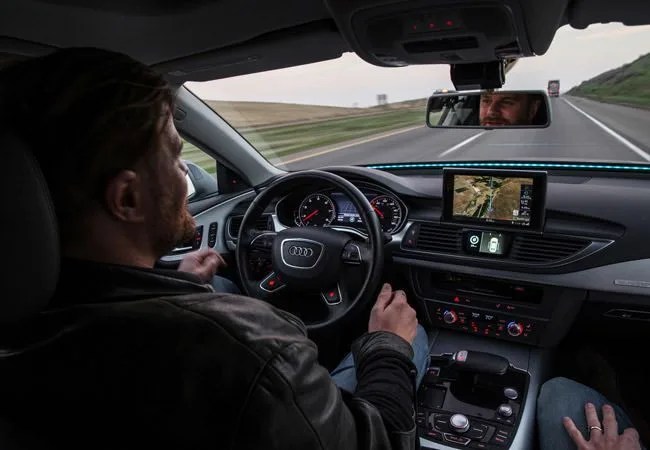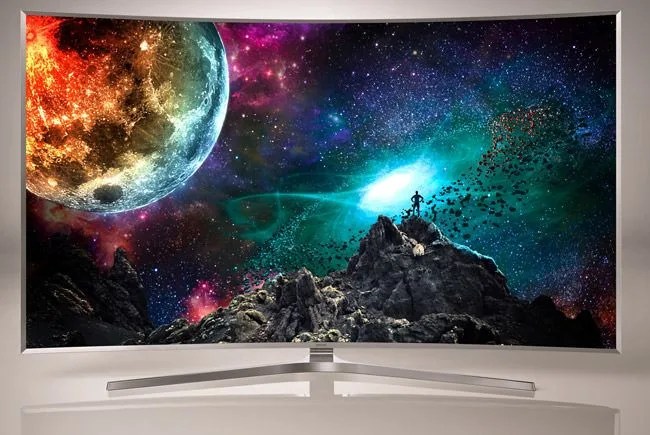The International Consumer Electronics Show, better known as CES, is always a riot. Well over 100,000 humans descend on Las Vegas with things that blink, bleep, and bloop. It’s a mishmash of media, buyers, sellers, celebrities, and companies that use the show as a launchpad into their year — a time when sales are typically slow following a hot holiday rush. Every year, we’re asked by peers and family to list the one or two things that really stole the show. This year, we figured we’d answer that a little differently.

What Mattered?

There were far too many “cool” items at CES to list them all here. We’re rapidly approaching a place where even the worst of technology is still useful or nifty on some level, so the bar on what’s considered the best has to be raised. Or, at the very least, repositioned.
Audi’s self-driving A7 matters because it represents a quantum leap in automotive technology. We’re nowhere near teleportation, but Audi states that the sensors used to bring its prototype sedan from San Francisco to Las Vegas without a driver are production ready. A car that drives itself would fundamentally change the world.
Dish Network‘s Sling TV is finally bringing ESPN (and a few other channels of less import) to cord cutters. $20 per month gets you access, and you’ll never be asked to sign up for Dish’s traditional pay-TV package. What’s vital to understand about this move is who it’s targeting: Dish isn’t afraid of middle-aged folks suddenly cutting the cord and spending less. Dish is just trying to make sure present-day teens — you know, folks who think of YouTube as their television — actually spend something on Dish once they become homeowners.
Hardware returned to CES in a big way. In recent years, many innovations at CES hinged on you already having a device or an Internet connection. Not that there’s anything wrong with progress on the software front, and as it turns out, advancements in the cloud space have partially reenabled hardware’s resurgence. What’s happened is this: hardware makers no longer have to shove entire computers into everything they build. So long as there’s a simplistic interface and an ability to latch onto a wi-fi signal, you can build cheaper, lighter, less complex hardware and allow the heavy lifting to be done elsewhere.


